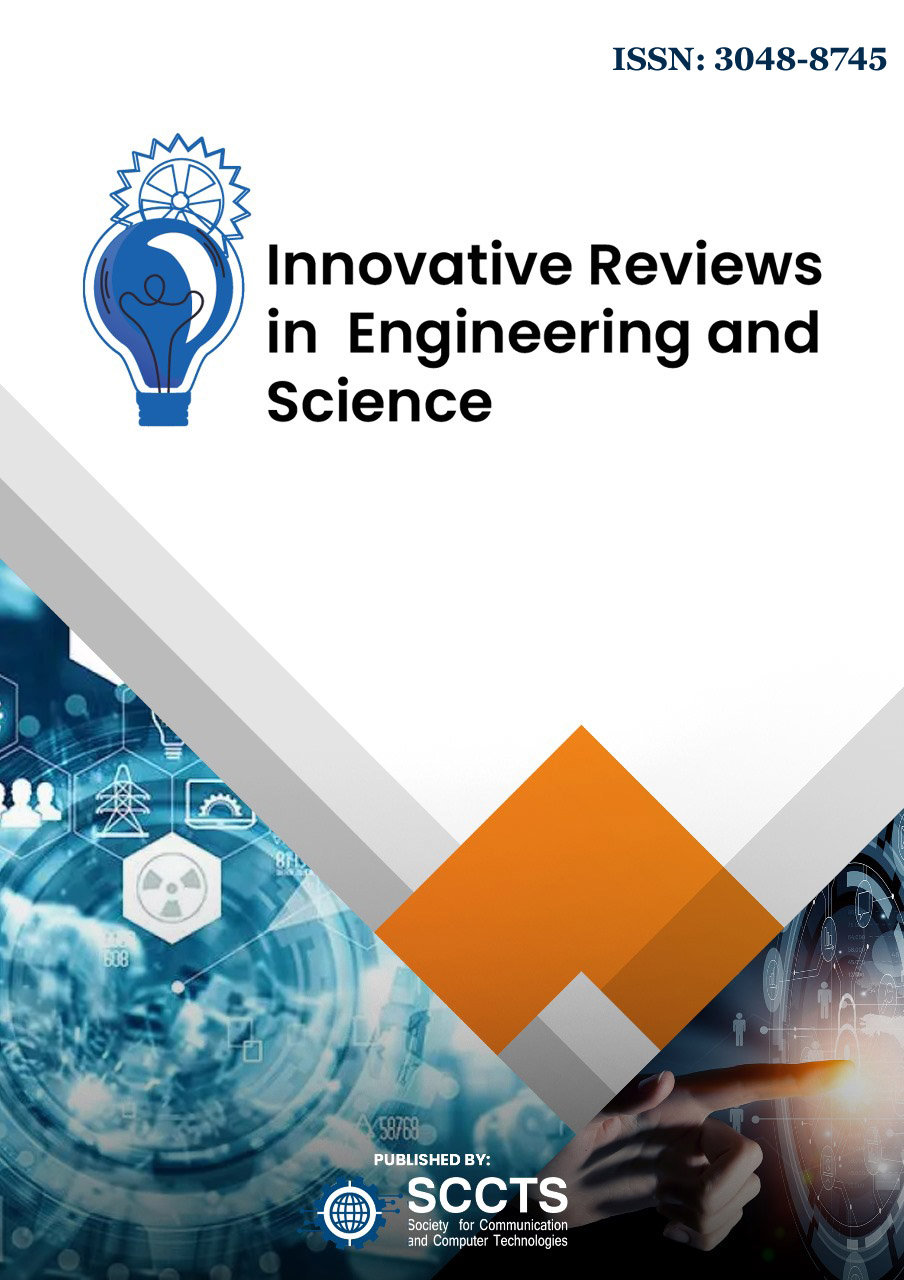Recent Developments in Wearable Biosensors for Real-Time Health Monitoring: A Comprehensive Review
DOI:
https://doi.org/10.31838/INES/03.01.09Keywords:
Wearable biosensors; real-time health monitoring; flexible electronics; nanomaterials; chronic disease management; physiological sensing;Abstract
Instantaneous health monitoring through wearable biosensors has become an
enhancement platform in healthcare management that provides a non-invasive individual
continuous health monitoring solution making it compatible with the transformation
towards proactive healthcare. With the incorporation of stretchable substrates,
enhanced nanomaterials, miniaturized electronics, and wireless connectivity standards,
the precise smart systems can measure an array of physiological and biochemicalrelated parameters such as heart rate, oxygen saturation, glucose levels, hydration,
temperature, and metabolic biomarkers in mediums such as sweat, saliva, interstitial,
and interdigital skin allergies. Innovation has in the recent past been laying stress
on enhancing sensitivity, stretch capacity and long-run stability of these sensors and
maintaining comfort and sturdiness in the end user. At the same time, the approach
to energy harvesting, including triboelectric, thermoelectric, piezoelectric generators,
has solved the issue of power autonomy, allowing to use battery-free, long-lasting
power. At the same time, more and more frequently we are also to see AI-derived data
processing methods that would allow us to increase signal accuracy, give out predictive
information, and ensure smooth integration with mobile health (mHealth) technologies
and Internet of Medical Things (IoMT), frameworks. Such innovations have enhanced the
usage of wearable biosensors in various settings, such as chronic disease management
(e.g., diabetes, cardiovascular diseases), sports activities, and fitness tracking, postsurgical care, aging, and pandemic surveillance. Nevertheless, the popularity of these
systems is also associated with the issues of biocompatibility, skin irritability, and
sensor wear, data protection, ethical standards, and regulatory licensing. Besides, the
problem of artifacts or motion, calibration drift, and interoperability with some other
devices are obstacles to stable clinical quality work. The broad review of wearable
biosensor research gives a detailed overview of the latest innovation in wearable
biosensor technology classified by sensor types, materials, fabrication processes,
signal transmission pathways, power solutions and data acquisition methods. It also
addresses real-life deployment, restrictions, and what trends and technologies have
been introduced into the field including digital twins, self-healing smart sensors, and
edge AI for decentralized healthcare. This review attempts to support future research
and development by systematizing the existing efforts and establishing the remaining
gaps in the goal of developing wearable healthcare systems that are scalable,secure and smart





